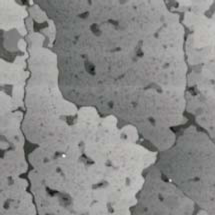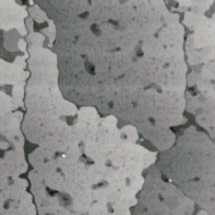Resurrecting graphene with a breath of oxygen
Graphene holds considerable promise for a new generation of electronics based on carbon. Among the many existing methods for fabricating graphene, one of the most appealing is preparing graphene layers on silicon carbide by either sublimating silicon or depositing carbon. However, a serious limitation of this approach is that the first graphene layer—the one directly on the silicon carbide—loses its trademark properties, serving instead as an electronically dead “buffer layer.”
In a paper appearing in Physical Review B, Satoshi Oida and collaborators from the IBM T. J. Watson Research Center show that by exposing the buffer layer to oxygen at 250 C, an ultrathin ( Å) silicon oxide layer is formed between the buffer layer and the substrate. The oxide layer “lifts” the buffer layer by effectively decoupling it from the substrate and restores to this first carbon layer the essential electronic properties of graphene.
Oida et al.’s method has the advantage that it is simple, quick, and safe to implement and can be applied to prefabricated devices. – Alex Klironomos





